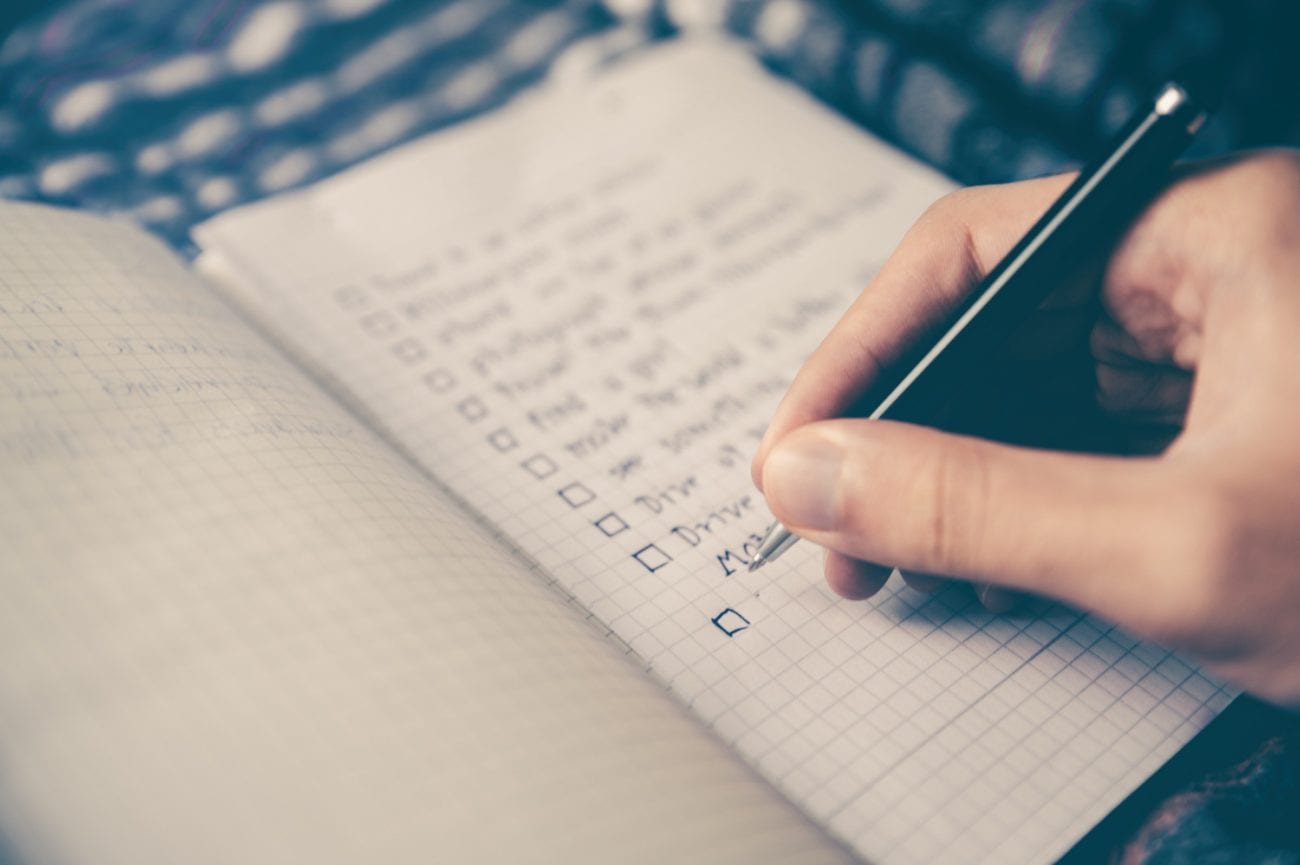
The Beat Sheet: What it is and why you need it
You have a great idea. Your friends all agree it would make a great movie but you have no idea where to get started. What you need, my friend, is a beat sheet.
Huh? What the hell is a beat sheet?
A beat sheet is a tool that writers use to help them plan and sequence their story.
Rather than crafting full sentences, you use bullet points to outline the action taking place at pivotal points in your plot. These beats can then be used as a basis to craft your outline.
By properly planning your screenplay, you take a lot of the hard work out of writing. Imagine the beats of your protagonists and you begin to inhabit their universe. Once you have a clear picture of how they think, work and act, creating your outline should be a cakewalk.
So what beats do I need to consider?
Many a screenwriting guru has suggested their own take on the beat sheet format, and unsurprisingly the content, though going by different names, pretty much reads the same. That’s because movies usually follow the same narrative structure. In virtually all films (regardless if they follow a linear narrative structure or not), there should be a beginning (Act 1), a middle (Act 2), and an end (Act 3). Throughout the structure contained within those acts, our heroes face challenges, upsets, and triumphs.
Your beat sheet formula
Beat 1: Opening image
The very first thing the audience sees on-screen encapsulates everything about the story in one glance. Not only do you need to set the visual tone for the movie, you must also the protagonist’s main challenge driving them through the narrative.
Beat 2: Establish your universe
Depict the world you’ve built for your characters and provide backstory. What happened before your camera found them? Indicate your characters’ problem and hint at a solution. State your theme. What is your story about? Tell us what message you’re trying to convey.
Beat 3: The spark
This is the dramatic moment where the world changes for your protagonists – things will never be the same after this point.
Beat 4: The struggle
Life is scary and our protagonists are used to the way things are. This is your main characters’ last chance to back out of the action that will change their life (and your plot).
Beat 5: The choice
Our protagonists make a decision which activates the story, and we get ready to jump on the wild ride of the second act.
Beat 6: Subplot
The subplot opens up opportunities for our audience to get familiar with the film’s theme. Often, the subplot involves a love story.
Beat 7: The part we have all been waiting for
Now your protagonists have got over any doubts, niggling insecurities, or concerns, and it’s time to jump into the action. Our characters can now explore the new world described in our logline.
Beat 8: Midpoint
The content of the midway point really depends on your plot. Everything is either fantastic or awful, with no in-between.
Beat 9: Everything unravels
After the dizzy heights or death-defying lows of the midpoint beat, everything falls apart. Our hero must then rise from these ashes to overcome all odds and fulfill the promise of the logline.
Beat 10: Things get ugly
The main protagonist is bereft. He or she believes everything gained is lost, and the initial goal seems impossible.
Beat 11: Existential crisis
Sometimes you have to hit rock bottom to pick yourself back up – and this is exactly what happens in the existential crisis. Things get really bad for our hero(es) so they can dust themselves down and pick themselves up.
Beat 12: Intro to Act 3
This is where our protagonists make a new discovery, get a new idea, or gain more insight through the subplot. They are ready to go for gold all over again.
Beat 13: The denouement
The protagonists embody the theme, all the narrative strands come together, and everything is made clear. Our logline is finally realized.
Beat 14: Final image
Now that our protagonists have undergone an epic journey and the change that comes with that, we see the final image to mirror the first image, but comment on the transformation. This image could also be left open for interpretation – to leave the door open for a franchise.
Fin
Stop thinking, start writing
Practise your new skill by rewatching your favorite movies and writing a beat sheet for them. You’ll be amazed at how closely they follow structure outlined here.
Further reading
Todd Kick writes exceptionally useful guides on writer’s beats, including Something Startling Happens: The 120 Story Beats Every Writer Needs to Know and Beat by Beat.
—
We were inspired by Blake Synder’s Save the Cat and How to Write a Movie in 21 Days: The Inner Movie Method by Viki King when writing this article.


